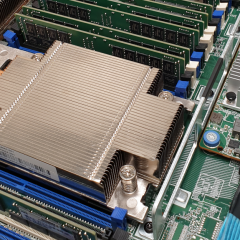Hard Drive Partitioning
KB ID 0000078 Problem This page deals with “Simple Partitioning” though reference will be made to how newer operating systems use partions. Common Misconceptions “All Partiions have a drive letter” NO “All drive letters are a separate partition” NO Solution OK then! Take a hard drive, I will show it below as a “large block of space” If you are only going to have one partition and its...

